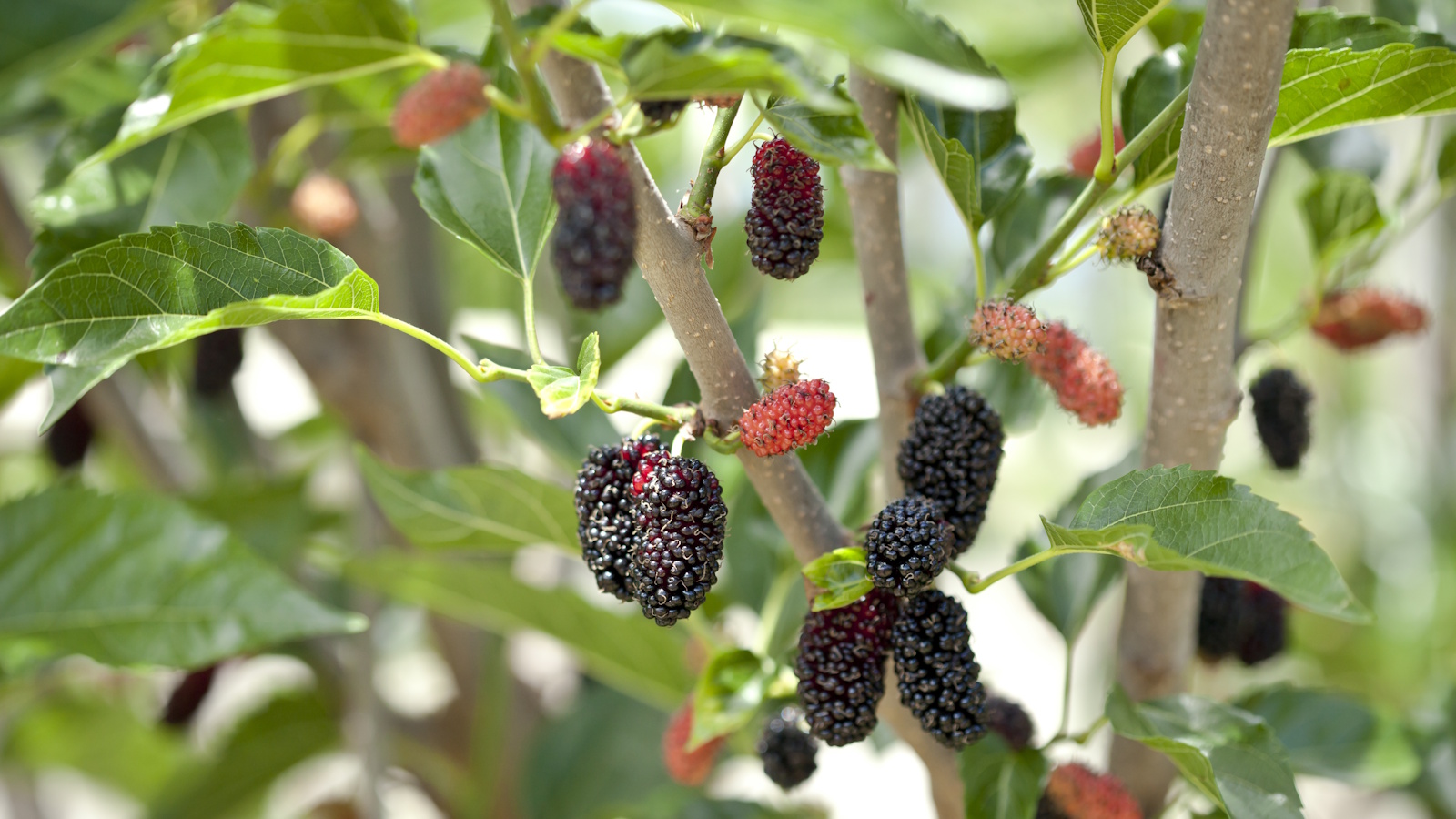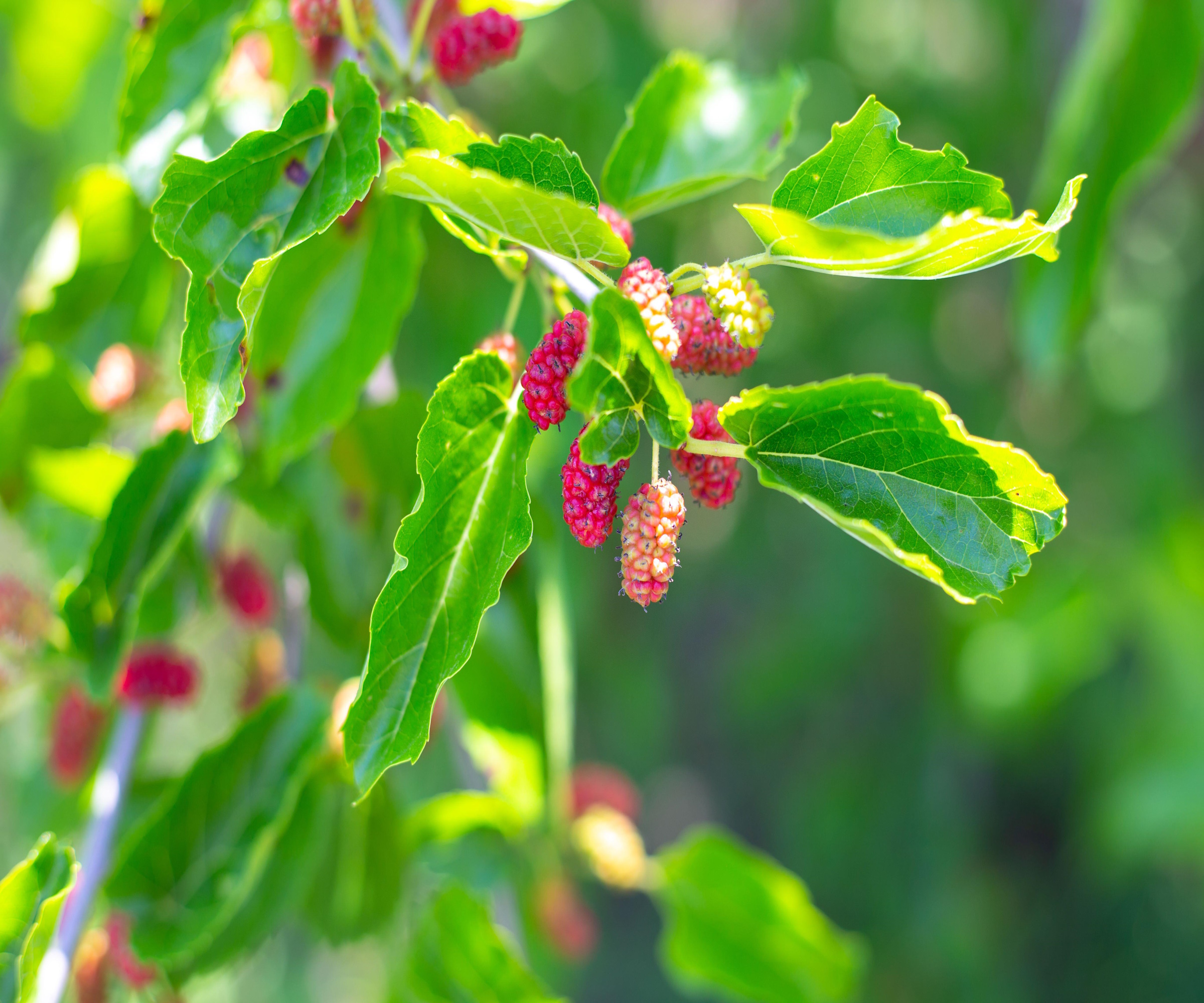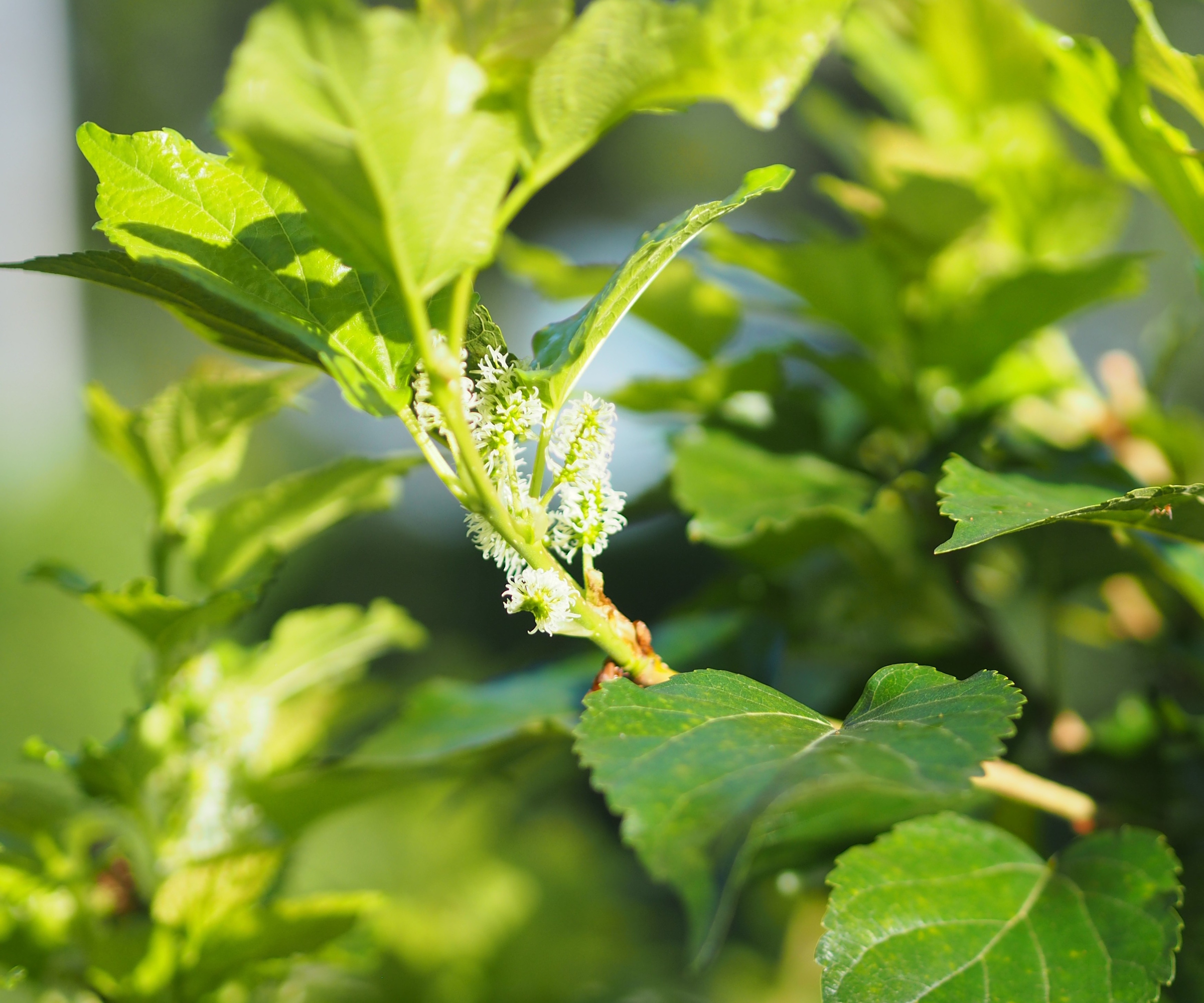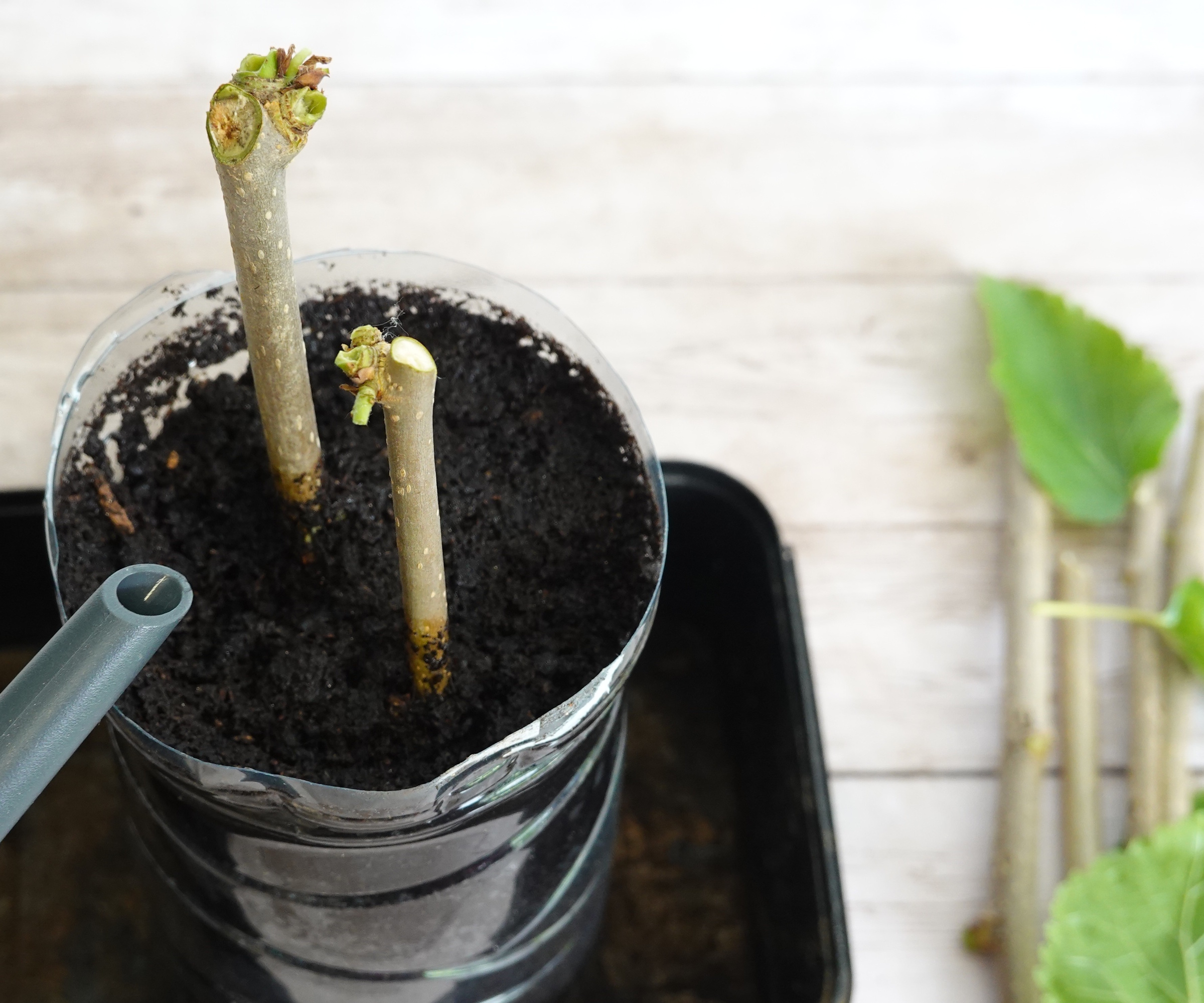
Mulberries are popular trees that produce unusual and delicious fruits. As deciduous trees, mulberries display spectacular seasonal interest. I cared for a large, weeping mulberry in a private estate garden when working as a professional gardener in Wales that impressed at all times of the year. With lush green foliage in the spring, berries in the summer and golden leaves fading in the fall, these trees always put on a show.
Despite remaining a popular tree for centuries, mulberry fruits are a difficult product to find in grocery stores. Therefore, harvesting your own crop from a tree in the yard is the best option if you want to enjoy succulent, tangy berries that few of your friends or neighbors will have.
Fortunately for mulberry fans, these trees are considered plants to take cuttings from. So, if you have one tree already, or perhaps a gardening friend has a mulberry in their yard, propagation is possible. Much the same as learning how to propagate other trees, shrubs and plants, there are particular rules and steps to follow that will help to guarantee success. Here, I reveal all the information you need to know.

Identify your mulberry tree before taking cuttings
There are several species of mulberry trees found growing all over the world. Black mulberries, Morus nigra, are vigorous fruiting trees considered invasive plants in many states, out-competing the native American mulberry, Morus rubus, which is classified as endangered or vulnerable.
It is best to do your homework and identify the species before taking cuttings. For reference, the American mulberry has longer fruit, as seen in the image above, with lobed leaves that have distinct protrusions, unlike the black mulberry which has a more rounded leaf.
When to take mulberry tree cuttings

Mulberries are versatile trees, generally well-suited to US hardiness zone 4 to US hardiness zone 9. These are ideal statement trees for garden borders in places such as California, Georgia, Florida and Texas. If you are considering taking a cutting from a friend or neighbor, be warned that these trees can grow up to 40 to 60 feet in height, so maintenance will be required to keep them in check.
'In terms of timings for mulberry tree cuttings, softwood cuttings are typically taken from the tree during late spring or early summer, when new stems are still young, green and flexible,' says Drew Swainston, former professional gardener and gardens content editor at Homes & Gardens. 'Hardwood cuttings are usually taken in late fall, when the tree is dormant, using firm, woody stems from the previous season’s growth.'
In my experience, softwood cuttings have a higher success rate, rooting easily and quickly in the warmer months of the year. Whatever method you opt for, however, there are particular rules to follow.
Advice for taking mulberry tree cuttings

- Using clean, sharp tools, like these Felco pruning snips from Amazon, take your cuttings. If you are taking softwood cuttings, choose fresh, green stems that are about eight inches long. If you are taking hardwood cuttings, choose mature, firm wood from the previous season’s growth, cutting 10 to 12-inch stems that are about the thickness of a pencil. Each hardwood cutting should have three leaf nodes. Make your cuts just below a leaf node.
- For softwood cuttings you can strip each cutting of foliage, leaving only two small leaves at the top of each stem. For hardwood cuttings, you can strip the entire stem of foliage, as they are dormant.
- For best results, dip the bottom one inch of your cuttings, whether hardwood or softwood, in rooting hormone powder, available from Amazon, before planting the cutting in a well-drained potting mix, burying about half its length. Rooting hormone powder is optional but can help to speed the rooting process up.
- Place your cuttings in a small pot, no bigger than five inches in diameter. Use good-quality seed and cutting soil, available from Amazon, combined with one or two scoops of sand or grit to improve drainage. A heated propagation mat can be used to increase the success rate of cuttings, although you will need to water and mist more frequently. Keep out of direct sunshine, placing the pot in a cool, partially shaded position.
- Regularly mist your softwood cuttings to maintain humidity, and you should see signs of root growth in six weeks. Water hardwood cuttings sparingly, as they will not actively absorb water during winter dormancy. Signs of life should appear in the spring.
This rooting hormone powder for difficult-to-root plants will increase your success when propagating plants, encouraging them to quickly produce new roots.
Using a propagation heat mat is an easy way to help you seedlings and cuttings thrive. Simple place pots on top of the mat to maintain a level of warmth.
This seed and cutting soil mix is ideal for your propagation work, with added drainage material and nutrients to help your plants thrive.
FAQs
Can I take cuttings from any mulberry variety?
Yes, you can, but you should not propagate any plant that is considered invasive, such as the black mulberry. Before taking cuttings, identify which species you have in your yard, and whether taking cuttings of this species is suitable. The American mulberry is considered vulnerable in many states, so propagating this plant is certainly a good idea to help this native species.
While not the easiest plants to propagate, with the right care and conditions, your mulberry cuttings should eventually grow into healthy trees. I tend to err on the side of caution and take more cuttings than I need as an insurance policy, in the knowledge that one or two will not survive. For more propagation information, see our guide on plant cuttings mistakes.







